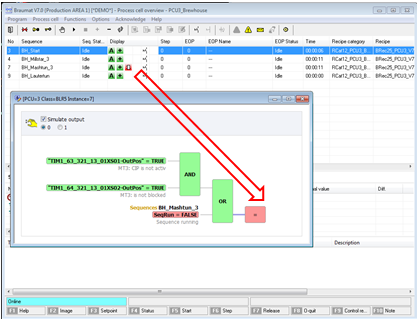
There was no evidence of interaction between the effects of preS2Δ38–55 and HBsAg levels ( p = 0.6) or preS2Δ38–55 and AFB1 exposure ( p = 0.9) on HCC risk, supporting that these effects combine multiplicatively. HDV was not assessed because of the small number of coinfected patients. The interaction was examined between the effects of preS2Δ38–55 and each of the following HCC risk factors: HBeAg seropositivity, viral load, HBsAg, HBV genotype, and AFB1 exposure ( Table 4). Table 3 Characteristics of HBsAg-positive controls by the presence of preS2Δ38–55 deletions and different HBV genotypes (n = 211).

We assessed the performance of the allelic fraction to discriminate between those with HCC and without (HBsAg-positive controls and cirrhosis cases), and found an area under the ROC curve of 0.82 (95% CI 0.71–0.93) with a sensitivity of 76.9% and specificity of 75.0% at a cut-off level of 0.0002 ( Fig. 1). Interestingly, the median allelic fraction in those positive for this AFB1-associated TP53 mutation was significantly higher in HCC cases than controls ( Table 1). Of note, no significant difference was observed in the distribution of age, sex, alanine transaminase, and viral load levels between those with or without AFB1 assessment (data not shown). AFB1 exposure was significantly associated with HCC risk (crude OR 5.0 95% CI 1.5–17.2) ( Table 2). Its optimal cut-off was selected to maximize the sum of sensitivity and specificity.ĪFB1 exposure was evaluated using a surrogate biomarker in a subset of participants (74 controls, 30 cirrhosis cases, and 13 HCC cases) and found in 54% of HCC cases, 27% of cirrhosis cases, and 19% of HBsAg-positive controls ( p = 0.03) ( Table 1). The capability of the allelic fraction to correctly discriminate HBV-related HCC cases from people with chronic HBV infection without HCC was evaluated using the ROC curve. The interactions between PreS2Δ38-55 and HBeAg-seropositivity, HBV DNA, HBsAg levels, HBV genotype, or AFB1 exposure were examined using a likelihood ratio test by adding interaction terms in the logistic regression model. All the variables significantly associated with liver disease in a crude analysis ( p < 0.05) were further included in a multivariable model to obtain adjusted OR. Logistic regression was computed to identify factors associated with cirrhosis or HCC.

Characteristics were compared between the controls and cases using chi-squared test or Fisher’s exact test for categorical variables, and Kruskal-Wallis test for continuous variables. Obesity was defined as a body mass index ≥30 kg/m 2. Table 1 Characteristics of the HBsAg-positive controls, cirrhosis cases, and HCC cases (n = 302).ĭata are presented as n (%) for categorical variables and median (IQR) for continuous variables.


 0 kommentar(er)
0 kommentar(er)
